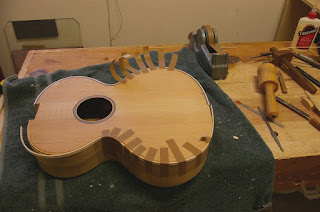Posts
Showing posts from December, 2010
Basic Hand Tool Kit for Guitar Making, Part 1?
- Get link
- X
- Other Apps
How to Make Guitar Bindings from a Baseball Bat
- Get link
- X
- Other Apps
Getting Ready to Install Guitar Bindings
- Get link
- X
- Other Apps
The Best Books on Classical Guitar Making
- Get link
- X
- Other Apps





